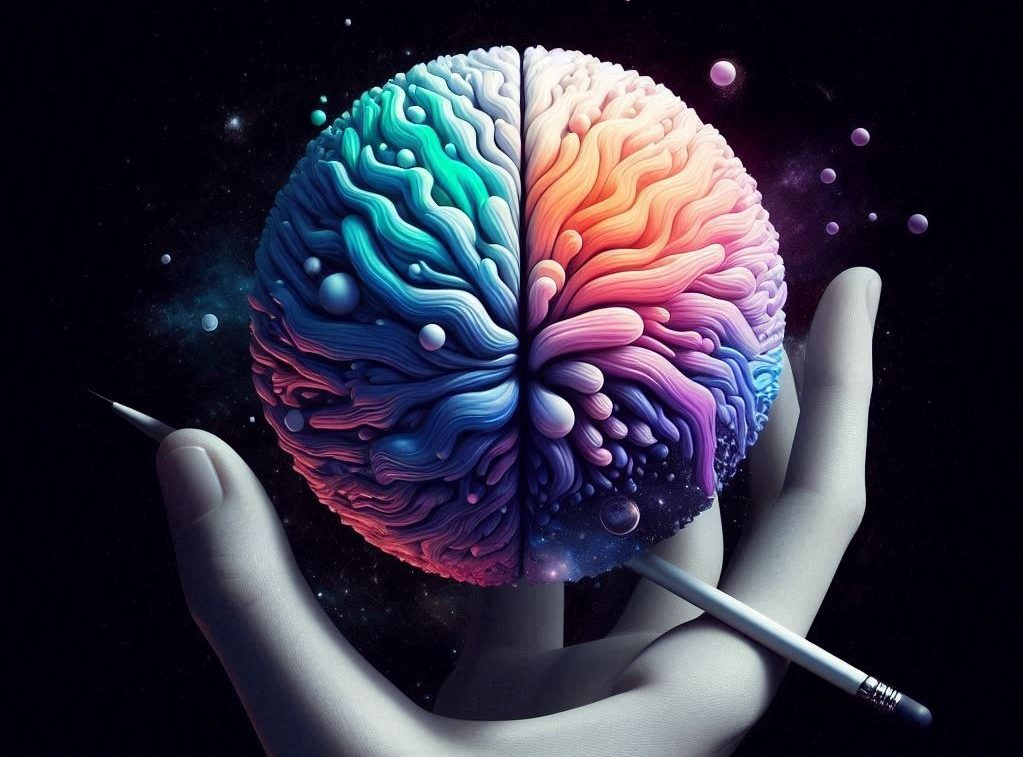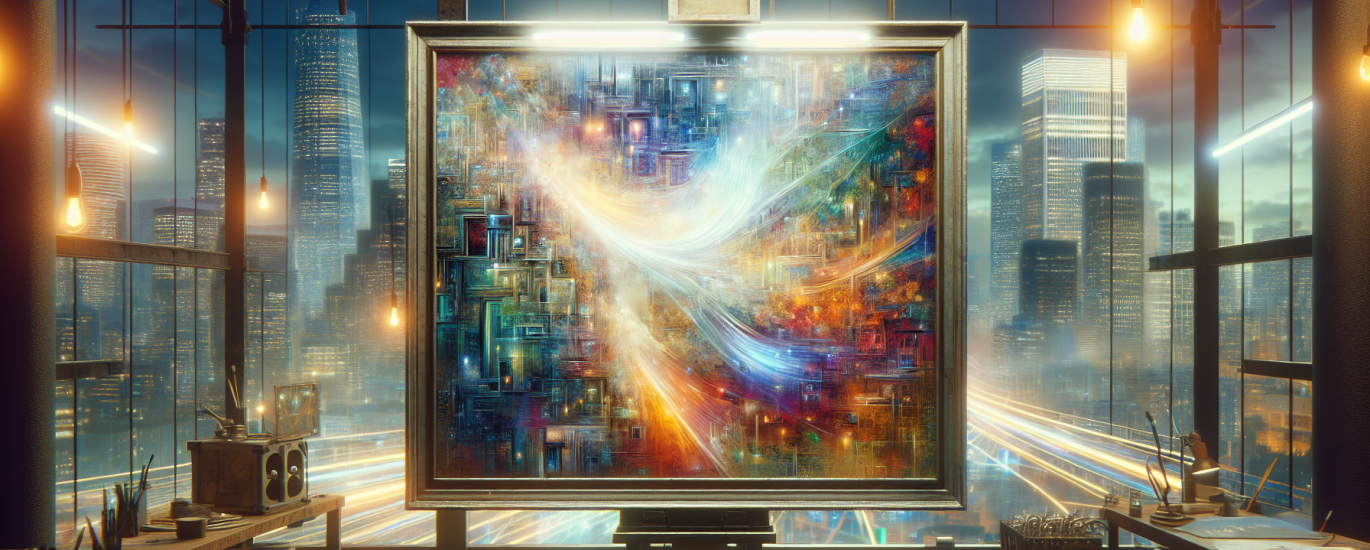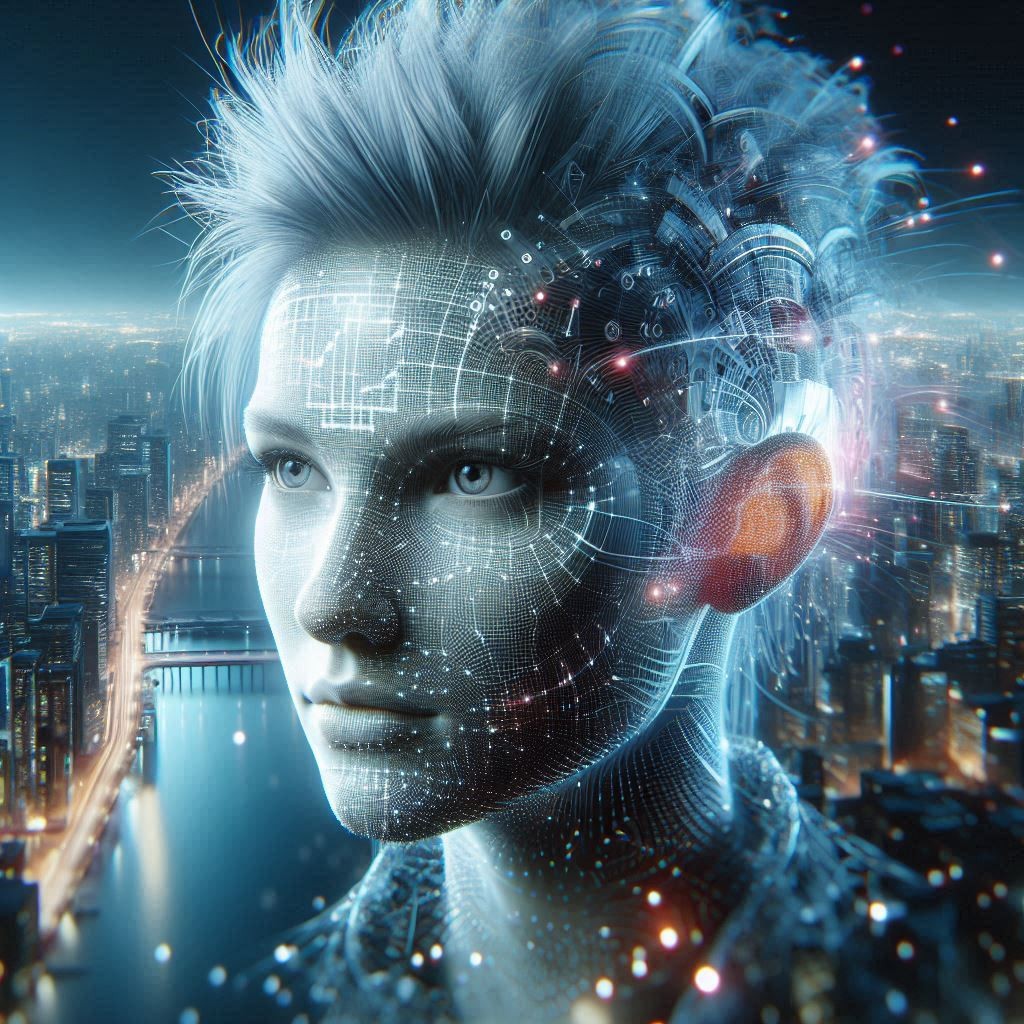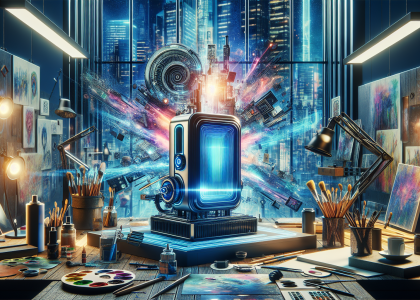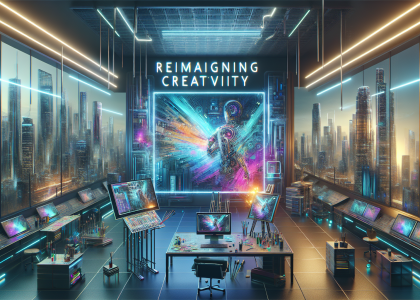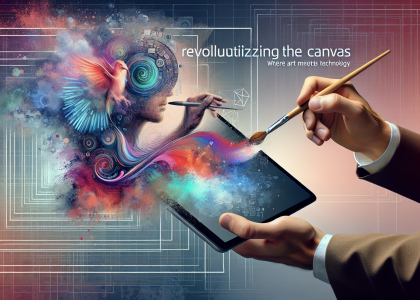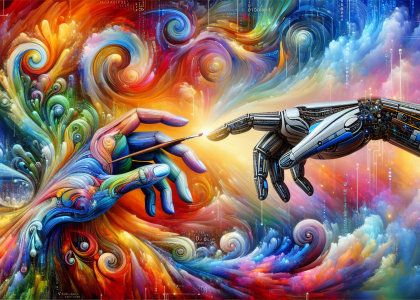The Art of AI: How Artificial Intelligence is Revolutionizing Creativity in the Arts
Artificial Intelligence (AI) has long been a topic of fascination for artists, technologists, and anyone curious about the intersection of human creativity and machine intelligence. As AI continues to evolve and improve, its impact on various artistic disciplines is becoming increasingly evident. From visual arts to music and literature, AI is reshaping creativity, pushing boundaries, and opening new avenues for expression.
Visual Arts: The Rise of AI-Generated Art
One of the most striking examples of AI’s impact on the arts is in the visual arts. With the advent of Generative Adversarial Networks (GANs) and other AI algorithms, artists are now able to create stunning, AI-generated artworks that rival those created by humans. These AI-generated artworks can take many forms, from realistic portraits to abstract landscapes.
Take, for example, the work of artist Refik Anadol, who uses AI algorithms to create intricate, data-driven visualizations that explore the intersection of art and science. “AI is not just a tool for artists, it’s a new medium,” Anadol says. “It allows us to explore new ways of creating and expressing ourselves.”
Music: The AI Composer
AI is also having a profound impact on the world of music. With the development of AI-powered music composition tools, artists are now able to create complex, algorithmically-generated melodies and harmonies that would be impossible for humans to produce on their own.
Take, for example, the work of composer Jukka Lehto, who uses AI algorithms to create music that is both beautiful and unpredictable. “AI is a great collaborator,” Lehto says. “It allows me to explore new ideas and push the boundaries of what is possible in music.”

The Power of AI in Literature
But AI’s impact on literature is not limited to music or visual arts. With the development of AI-powered writing tools, authors are now able to generate entire novels, poems, and short stories that are indistinguishable from those written by humans.
Take, for example, the work of author Nick Bostrom, who has used AI algorithms to generate a novel-length work of science fiction. “AI is a powerful tool for writers,” Bostrom says. “It allows us to explore new ideas and push the boundaries of what is possible in storytelling.”
The Future of AI in the Arts
So what does the future hold for AI in the arts? As AI continues to evolve and improve, it’s likely that we’ll see even more innovative applications of AI in various artistic disciplines.
One area of particular interest is the use of AI in virtual reality (VR) and augmented reality (AR) art. With the development of AI-powered VR and AR tools, artists are now able to create immersive, interactive experiences that blur the line between the physical and digital worlds.
“AI is opening up new possibilities for artists to explore,” says artist and technologist, Rachel Armstrong. “It’s allowing us to create new forms of art that are more immersive, more interactive, and more engaging than ever before.”
The Challenges of AI in the Arts
Of course, there are also challenges associated with the use of AI in the arts. One of the biggest concerns is the issue of authorship and ownership. As AI-generated artworks become more prevalent, it’s becoming increasingly difficult to determine who should be credited as the creator of a particular work.
“AI is raising all sorts of questions about authorship and ownership,” says art historian and critic, Jerry Saltz. “It’s forcing us to rethink our assumptions about what it means to be an artist and how we value creativity.”
Another challenge is the issue of bias and diversity. As AI algorithms are trained on vast amounts of data, they can inherit biases and prejudices that are present in that data. This can result in AI-generated artworks that are lacking in diversity and representation.
“AI is not a panacea for all of our artistic problems,” says artist and activist, Kehinde Wiley. “It’s a tool that we need to use responsibly and with care.”
The Future of Human-AI Collaboration
Despite the challenges, many artists and technologists believe that the future of AI in the arts lies in human-AI collaboration. By working together with AI algorithms, artists can create new, innovative works that combine the best of both worlds.
Take, for example, the work of artist and musician, Tim Hecker, who uses AI algorithms to generate music and visuals that are then used to create immersive, interactive experiences.
“AI is a great collaborator,” Hecker says. “It allows me to explore new ideas and push the boundaries of what is possible in art and music.”
In conclusion, AI is revolutionizing the arts, pushing boundaries, and opening new avenues for expression. As AI continues to evolve and improve, it’s likely that we’ll see even more innovative applications of AI in various artistic disciplines. Whether you’re an artist, a technologist, or simply someone who loves art and music, there’s never been a more exciting time to explore the intersection of human creativity and machine intelligence.

